The Common Agricultural Policy (CAP) has been one of the most significant and controversial aspects of the European Union’s (EU) policy framework since its inception. Designed in the 1960s to ensure food security, fair living standards for farmers, and stable markets, the CAP consumed a large share of the EU budget. However, by the 1990s, it faced increasing criticism for market distortions, overproduction (notably the infamous “butter mountains” and “wine lakes”), environmental degradation, and unfair subsidies. Since then, the CAP has undergone several major reforms aimed at making European agriculture more sustainable, market-oriented, and socially responsible.
1. MacSharry Reforms (1992)
The first major reform came under EU Agriculture Commissioner Ray MacSharry. These reforms marked a paradigm shift by reducing price support mechanisms and introducing direct income support for farmers. Price support had led to overproduction and high storage costs. The reforms lowered guaranteed prices and compensated farmers through direct payments, partially decoupling subsidies from production. Environmental considerations were also introduced, linking some subsidies to environmentally friendly farming practices.
2. Agenda 2000 Reforms
The next wave of reforms, under the Agenda 2000 framework, furthered the shift toward a market-oriented agriculture. It reinforced the MacSharry approach by reducing support prices for cereals and beef while increasing direct payments. Agenda 2000 also formally integrated rural development policy into the CAP, broadening its focus beyond production to rural economy and environmental protection. This created the second pillar of CAP—rural development—complementing the first pillar of market support.
3. 2003 Mid-Term Review (Fischler Reforms)
Under Commissioner Franz Fischler, the 2003 reform introduced decoupling of subsidies from production almost completely. Farmers began receiving Single Farm Payments (SFP) based on historical entitlements rather than what they produced. These payments were conditioned on cross-compliance, requiring farmers to meet environmental, food safety, and animal welfare standards. The reform was pivotal in aligning CAP with World Trade Organization (WTO) rules, reducing distortions in global trade.
4. Health Check (2008)
The 2008 “Health Check” reforms aimed to simplify the CAP and prepare for future challenges like climate change and bioenergy. It removed remaining coupled payments, phased out milk quotas, and increased funding for rural development through modulation—the transfer of funds from direct payments to rural development schemes.
5. 2013 and Post-2020 Reforms
The 2013 CAP reform, for the 2014–2020 period, emphasized greening. Farmers receiving direct payments had to adopt environmentally friendly practices such as crop diversification, maintaining permanent grassland, and dedicating land to ecological focus areas. The reform also introduced a redistribution mechanism favoring small and medium farms and capped large payments to big farms.
The post-2020 CAP (2023–2027) marks a new direction with more subsidiarity, giving member states greater control through CAP Strategic Plans. The focus has shifted decisively toward climate change mitigation, biodiversity, and sustainability, aligning CAP with the European Green Deal.
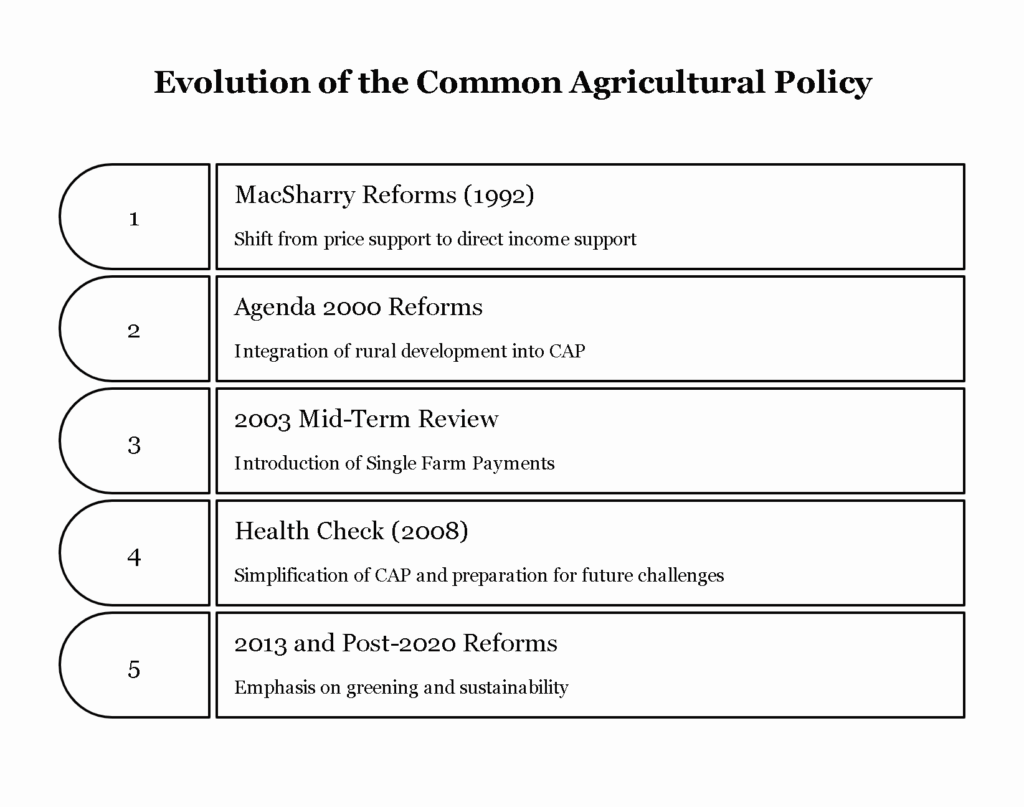
onclusion
Since the 1990s, CAP has evolved from a heavily interventionist system to one that supports market efficiency, rural development, and environmental sustainability. While challenges remain—especially r



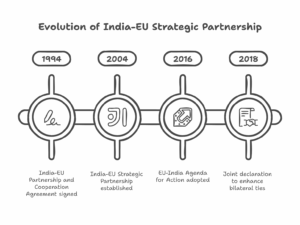
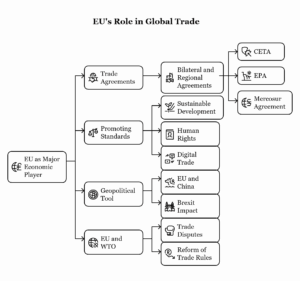
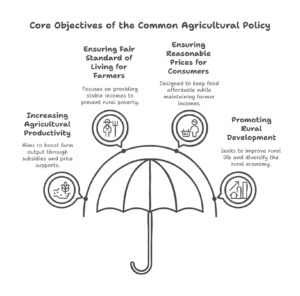
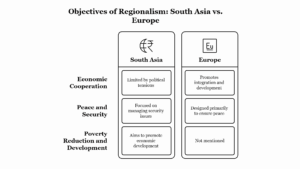

Leave a Reply